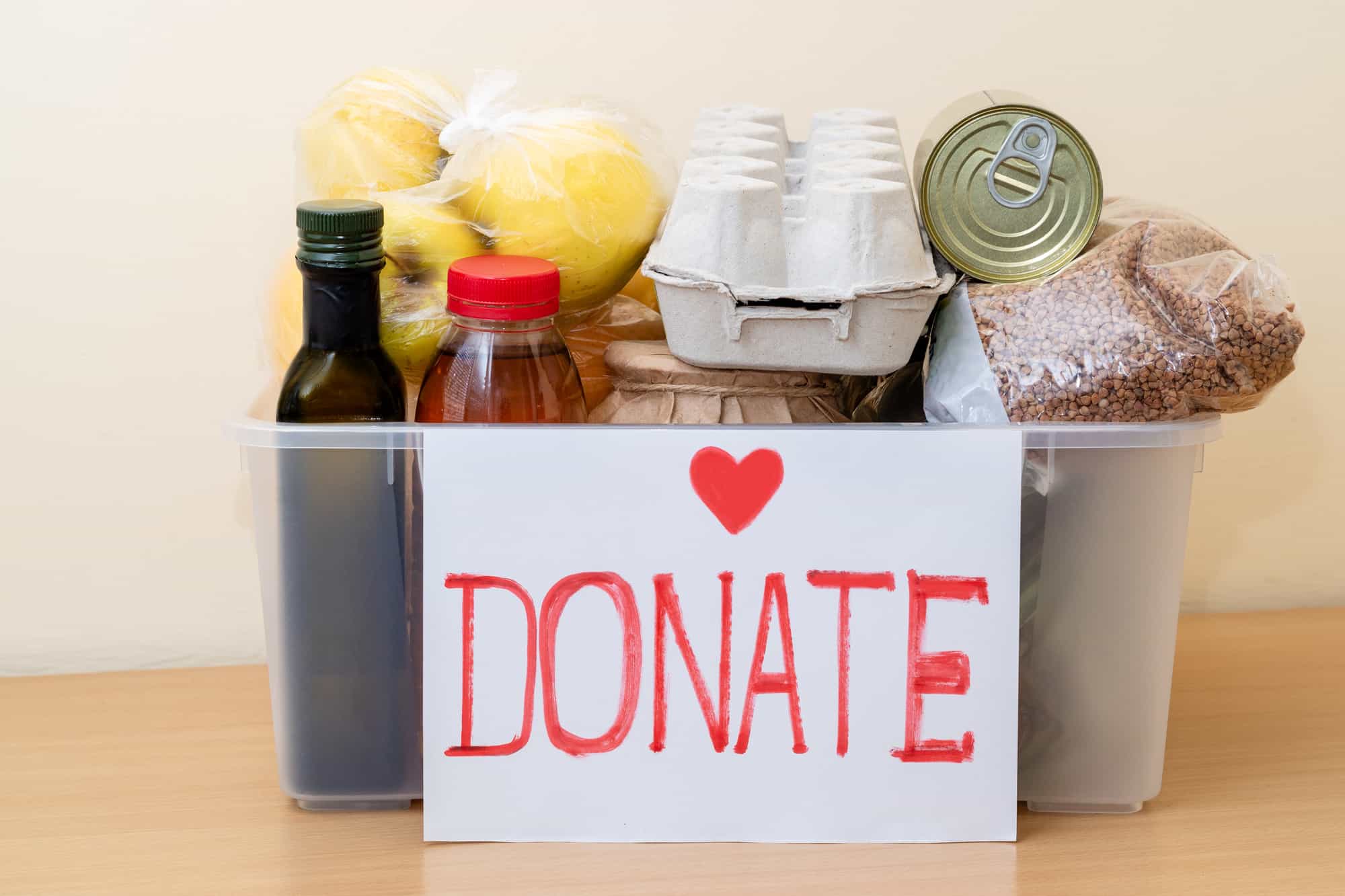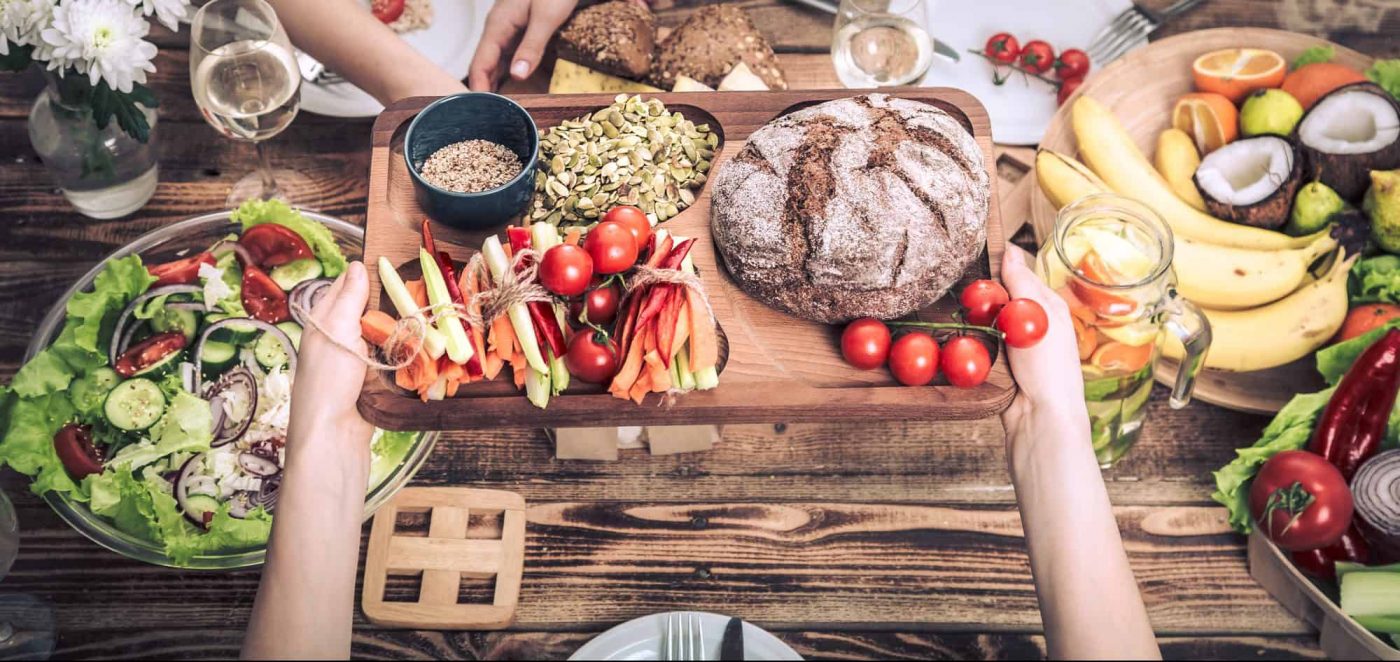Currently, the concern of food scarcity is at the top of many people’s minds. The cause for this concern may seem like an issue of suppliers not producing sufficient food quantities. A more concerning issue is food waste, which contributes to scarcity. Whether this food is being noted as having an unappealing appearance and tossed before reaching the store shelves or consumers are purchasing too many goods that they can’t eat, there’s a bigger problem at play here.
How to Reduce Food Waste While Cooking?
More than one-third of what is produced to be eaten is never consumed. Over-purchasing food not only negatively impacts your wallet but also causes environmental pollution. Food waste each year accounts for 22% of landfilled waste and 24% of incinerated waste, making it the single largest contributing waste item.
Because of this, greenhouse gas emissions that would equate to over 42 coal-powered plants, sufficient water and energy for 50 million homes, and a plot of land the size of California are wasted each year.
These five below tips will aid you in lowering the amount of wasted food produced in your household. By planning healthy meals and preparing leftovers properly, we can positively impact the environment and save money.
1. Buying Right
This tip is perhaps the most important on the list, as buying the incorrect quantity of food is a significant hit to food waste.

Avoid Buying in Bulk
Those who purchase in bulk and plan their meals further ahead produce the most food waste due to changing schedules, changing cravings, and the ease of purchasing faster meals during a particularly busy day. Avoid over-purchasing from bulk vendors like Costco and Sam’s Club by buying smaller quantities a few times per week instead of once a week. This will help you use up produce and other products that tend to go bad more quickly.
Take Inventory of Pantry Items
Consumers can avoid buying incorrect quantities by checking the available items in their pantry first. Taking inventory of what is already available will help you avoid repurchasing a product you already have. Then, make a shopping list that accurately reflects what you will be consuming. Consider the portions you (and your family) require during the week and make sure to account for your typical number of meals where you dine out.
Purchase Items with a Long Shelf Life
Aim to purchase food products with a long shelf life, including canned and frozen food. As this food lasts much longer, there will likely be less food waste even with a shifting or too-busy schedule. Of course, you will inevitably want to purchase fresh produce, dairy, and other products that spoil quickly. Again, you can account for this by considering the appropriate amount of food needed for your household.
Buy “Ugly” Fruits and Vegetables
Finally, consider purchasing produce that is not conventionally attractive. For example, an apple that may have scarring on the outside or carrots that are slightly distorted. These are the products that the store will discard as most consumers avoid them. There’s no change in flavor in your dishes by using fruit and veg that are not conventional. You may even get a discount by choosing the “ugly” produce. It doesn’t hurt to ask!
2. Leftovers
Do you constantly have leftovers that pile up in your refrigerator and then get thrown out each week? Reconsider this vicious cycle by thinking up fun ways to reuse your leftovers. Perhaps instead of throwing out a container with rice from your favorite Chinese restaurant, you can create some tasty fried rice. This also creates an opportunity to use up any tiny bits of sauces lying around.
As for ripe fruit, or perhaps fruit just starting to become overripe, you can slice and freeze it in containers. You can also create homemade jam, which is easier than it might seem.
Even while cooking and cutting off the edges of the cucumber or carrot, it is not necessary in most cases. This habit is created for comfort and aesthetics, so note that you don’t always have to cut the edges of your vegetables.
In addition, note that all vegetables with roots like green onions, you can plant in your garden and grow again.
3. Cook Properly
There are more ways to avoid food waste than choosing the correct shopping portions and reusing leftovers. Even the way you discard “unusable” parts makes a difference. For example, many people toss out the tops of celery and the greens from carrots. Instead, try adding these “vegetable scraps” to salads or using them to flavor homemade broth.
Hambones, chicken bones, and even crab shells can also make a hearty broth. Stale bread is also salvageable. You can add it to the oven to create croutons or even bread pudding.

Consume Produce Peels
Even peeling your fruits and vegetables leads to food waste! You can use most fruits and vegetables without peeling them, or peel them with a special and dedicated knife. For example, carrots don’t need to be peeled if you clean them sufficiently. You can also eat kiwis with their skin on, which even provides added health benefits.
Get Creative in the Kitchen with Peels
If it’s necessary to peel a fruit (like bananas) or vegetable for consumption, there are additional ways to reuse the peels. You can blend banana peel into a smoothie or make vegan “bacon.” The options are endless.
Store and Cook Food Correctly
Finally, make sure you are storing food properly. Improperly storing dairy products and meat can lead to it spoiling faster. Ensure you’re refrigerating these products within 2 hours to avoid bacteria growth. Proper handwashing and cooking meat to the correct temperature will also help avoid bacteria growth, so food will not need to be discarded for being unfit to eat.
4. Quantities
It’s one thing to note the importance of purchasing the correct quantity of food and another entirely to put it into practice. The first step is choosing recipes to create for the next few days. Double-check that your other household members are happy with the chosen recipes beforehand. Family members who don’t enjoy the dinner will likely toss part of their plate, causing additional waste.
Start with Recommended Servings
Once the recipes have been determined, you can purchase the recommended serving amount per person. By implementing the recipes into your schedule and purchasing the correct quantity, you’ll be limiting food waste.
Adjust Serving Sizes as Needed
If you notice that the standard serving sizes are not sufficient for your family, you can add an extra portion to one or two meals. If the portion sizes are too large, consider removing half a serving for a meal or two. After a few weeks, you’ll likely have a better gauge of the amount of food required by your household each week.
5. Donate or Turn Into Compost
Perhaps you have a few cans of food in the pantry that you won’t be using for a while; you can donate them to your nearest food pantry. This potential donation list includes boxed or canned items with a long expiration date that are not currently expired.

Compost Expired Food
If your items are already expired, and you can’t donate or use them, consider composting them in a garden or small part of your yard. Not only does this aid in reducing food waste, as the food items are composting, but you’re also adding nutrients back into the soil.
You can compost nearly all the food products (and some non-food items) you have, including produce, eggshells, dairy, meat, grains, coffee/coffee filters, and paper. If a garden or plot of land is not available, you can use a compost bin.
Find additional information on composting from the Natural Resources Defense Council here.
Preventing food waste is as easy as ordering less takeout and finishing leftovers that are in your fridge. It doesn’t have to be an excessive process or an implementation of all the tips simultaneously. Even cutting food waste in your household by a small percentage will have an impact.
By implementing even one of the tips above, you can help reduce wasted food and positively impact the environment (plus save a few dollars in the process!).




Post Your Thoughts